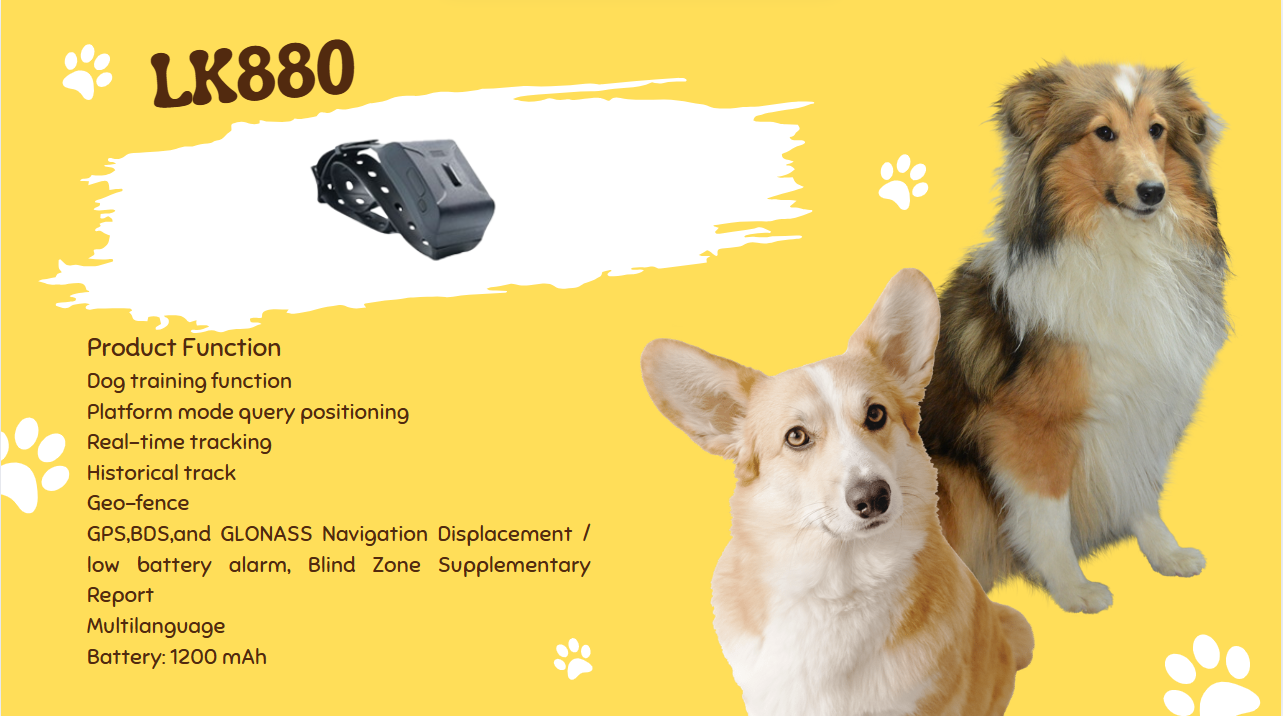

As a pet parent, the fear of a lost furry family member is all too real. Thankfully, technology has given us powerful tools to keep our companions safe. But with a market flooded of options, how do you choose the right one? Marketing claims can be vague—"long battery life," "worldwide tracking." What do these actually mean for you and your pet?
The truth is, the devil is in the details—the core technical specifications. Understanding these parameters is key to selecting a device that won’t let you down when it matters most. Today, we’re cutting through the noise to give you a clear, technical comparison of the four most critical aspects of a pet GPS tracker: Real-Time Location Accuracy, Battery Performance, Durability (IP Rating), and Signal Coverage.
Let's dive in.
When your pet is on the move, "near real-time" isn't good enough. You need true real-time location tracking for pets. The accuracy and update speed depend on two main factors: the positioning technology and the communication network.
GNSS Modules: Basic trackers might use standalone GPS. Advanced devices, however, utilize a multi-constellation GNSS pet tracker system. This means the device can connect to multiple satellite networks simultaneously—like GPS (USA), GLONASS (Russia), Galileo (EU), and BeiDou (China). More satellites in view dramatically improve real-time GPS pet tracker accuracy, especially in challenging environments like urban canyons or dense woods.
Communication for Updates: The location data needs to be sent to your phone. Most devices use cellular networks (LTE-M, NB-IoT) for this, which is fast and reliable. Some advanced models also incorporate a BLE gateway plus GPS for pet tracking. This allows the tracker to use Bluetooth to communicate with your home Wi-Fi router when your pet is nearby, saving significant battery life compared to constant cellular use.
The winner for pure performance is a pet tracker with multi-band GNSS module and strong cellular connectivity, ensuring you get a precise, fast-updating location pin on your map.

A dead tracker is a useless tracker. Battery performance is arguably the most crucial spec after accuracy.
The Capacity vs. Consumption Battle: Battery life is a direct function of battery capacity (measured in mAh) and the device's power efficiency. A GPS tracker with low power consumption for pets is engineered to sip power, not guzzle it. This is achieved through advanced chipsets and smart software that puts the device into a deep sleep mode when not moving, only waking up at set intervals or when motion is detected.
The Recharging Debate: Many trackers have sealed, rechargeable batteries. The best of these offer long battery life pet GPS tracker performance, often lasting weeks on a single charge with normal use. However, for ultimate convenience and especially for long trips off the grid, a replaceable battery pet GPS device is a fantastic option. You can simply carry a spare charged battery and swap it out in seconds, ensuring continuous coverage without ever needing to find an outlet.
Your choice here depends on lifestyle: a long-lasting rechargeable model for daily use, or a replaceable battery model for adventurers.
Your pet doesn’t live in a bubble. They roll in mud, swim in ponds, and get caught in rainstorms. Their tracker must be built to withstand this. This is where the Ingress Protection (IP) rating comes in—a standardized measure of a device's resistance to dust and water.
IP67: A common and solid rating. An IP67 waterproof pet GPS tracker is fully protected from dust and can be immersed in 1 meter of freshwater for up to 30 minutes. It’s perfect for heavy rain, puddles, and accidental drops in water.
IP68: This is the gold standard for toughness. A rugged IP68 pet tracking device is dust-tight and can be submerged in deeper water (usually 1.5 meters or more) for longer periods, as specified by the manufacturer. This is the rating you want for a dog that is a serious swimmer.
Weatherproof: While not a standard, this term is often used for devices that can handle rain and splashes but are not designed for submersion. For true peace of mind, insist on a minimum of IP67.
Always look for a weatherproof pet GPS tracker with a certified IP rating, not just marketing claims about being "water-resistant."
What good is a sophisticated tracker if it has no signal? Coverage depends on the communication modules inside the device.

Global Roaming: For those who travel internationally with their pets or live in rural areas near borders, a global roaming pet tracker is essential. These devices contain SIM cards that can automatically hop between partnered cellular networks in different countries to find the strongest signal, ensuring your pet is always connected.
Indoor/Outdoor Performance: A common weak spot for GPS trackers is indoor coverage. GPS signals are weak inside buildings. The solution? A combination of technologies. The best indoor/outdoor signal coverage pet tracker uses a blend of GPS, Wi-Fi positioning (to triangulate a location based on nearby networks), and Bluetooth (BLE), giving you a much better idea of where your pet is hiding inside the house or at the kennel.
Choosing a pet GPS tracker is an investment in your peace of mind. By looking beyond flashy ads and focusing on these core technical specs—real-time GPS pet tracker accuracy, long battery life, a rugged IP68 rating, and robust indoor/outdoor signal coverage—you can select a device that truly matches your pet's lifestyle and your own needs.
For the tech-savvy or those looking to integrate tracking into a custom solution, also keep an eye out for advanced features like a pet tracker UART SPI I2C interface, which allows for deeper hardware customization and data logging.
At lk-gps.com, we believe in transparency and power. Our devices are engineered with these precise specifications in mind, leveraging multi-constellation GNSS technology, ultra-low-power modes, and industrial-grade durability to create the most reliable pet GPS tracker solutions on the market.